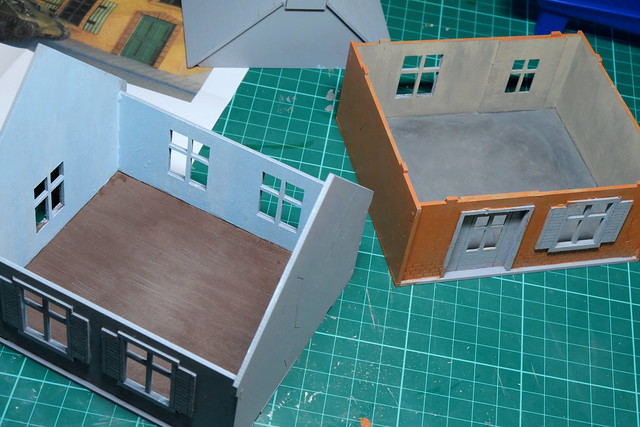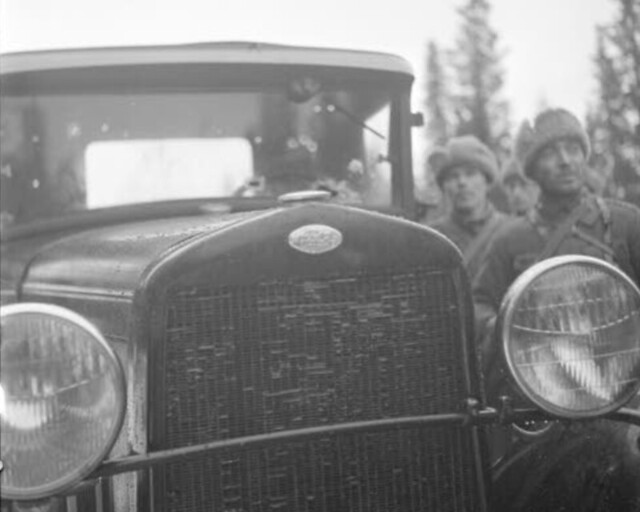This took a few hours...
First Test Example
As usual, when trying out something new, I begin with a test model. In this case, there is a lot that I am trying out for the first time, so there will be plenty of experimentation on my poor guinea pig!
For starters, because these are pretty big models, I won't be using my normal Vallejo Model Color paints as these won't last two minutes with the amount of paint I will need. So, I am taking a bit of a gamble and buying some very cheap 'acrylics' (as I have to be careful with my budget as the club is paying). And while I was at it, I bought some very cheap and nasty brushes from my local low-cost crafts store...
There are a mixture of cheap acrylic paints here, some from Ryman (£1 each) and then a couple of large tubes from Poundland, and finally, a big tube of white from xxxxx. Honestly, I have no idea if these paints will be any good!
Obviously, spray can acrylics would have been the fastest way to do this, but I am really trying to keep costs down. So, I bought just one can of spray primer (Wilkos grey primer, £3.50) and will colour my buildings with the cheap acrylics.
Because these are wargaming buildings, these models disassemble so that you can place figures on either floor inside the house. This is rather handy for painting purposes...
Priming is very easy, and the Wilko's grey went on beautifully...
 |
| I'm also painting some sections of cobblestone road! |
For once, I just launched myself into this and started to slap on some of the cheap acrylic paints. I knew I was going for a 'rustic' French rural look, so I wasn't too fussy about nice flat coverage...In this particular case, I thought streaky and patchy would be good...
 |
| Straight in! I quickly laid down the inside walls before painting the ground floor outer wall. Two coats are definitely needed. |
In fact, I found that the best way to treat these paints was as 'poor man's oil paints' and in this way I created some nice textured effects, like this 'wooden' floor...
The knack was to apply a first coat fairly loosely and not to worry about the streak BUT make sure that your brush strokes (and streaks) are in one direction. In the case of my wooden floor, I ran the streaks along the length of the house to create a sort of wood grain effect. And with my ground floor stone floor I applied the paint in blended streaks in a generally circular manner, creating a gradient effect in from the outer edges...
You can also see how patchy I have left the walls, hopefully, this will look intended and 'rustic' and not just like a bad paint job (on my part)!
Perhaps this picture gives you an idea about how gloopy and streaky the cheap paint is...
This 'faux-texture' with thick paint is great when the model doesn't have any surface detail in itself as it adds some interest to plain flat MDF walls and floors. Had the models included surface detail - like floorboards or bricks - I would have been tempted to do a nice flat base coat and then apply a wash over the top of that to bring out the detail.
My test is coming along nicely, and as I'm pushed for time I've decided I am confident enough to begin work on the other buildings. I quite satisfied with the approach that I've taken, so I'm getting a little production line going with the priming coats being applied to all the remaining models.
Sometimes, as in the case of the damaged building in the above picture, I am priming with black where I feel it is appropriate. And, as for my test example, it's on with the detail painting - things like the shutters and doors, etc.
At this stage, I'm feeling a little more happy with the time I have available to me. I'll just have to try very hard not to get bogged down with too much detailed work and adding supperfluous weathering and what not!



















































